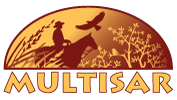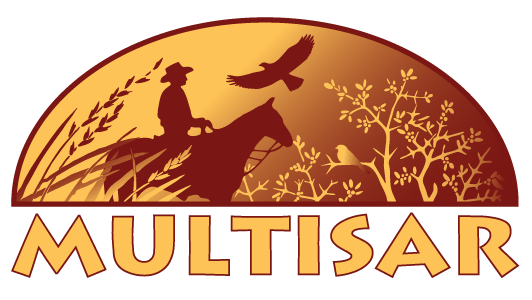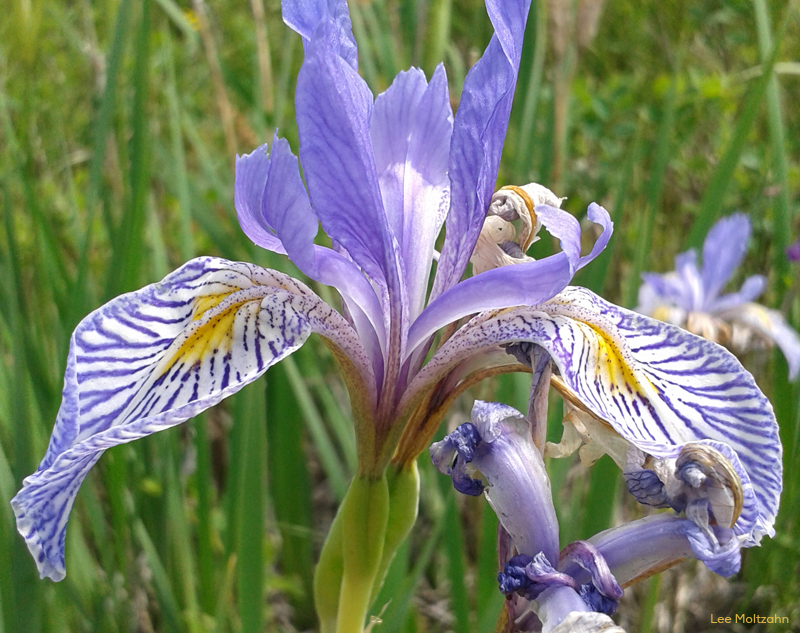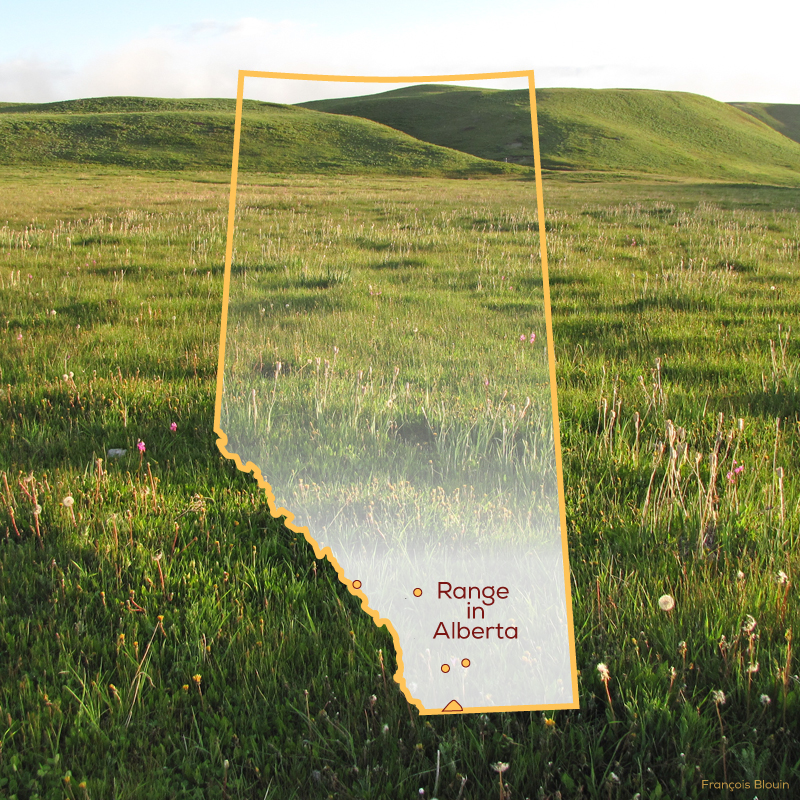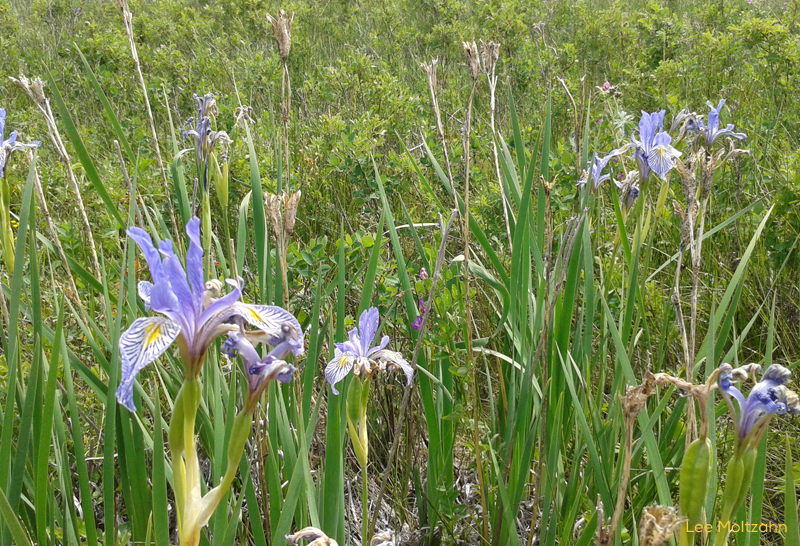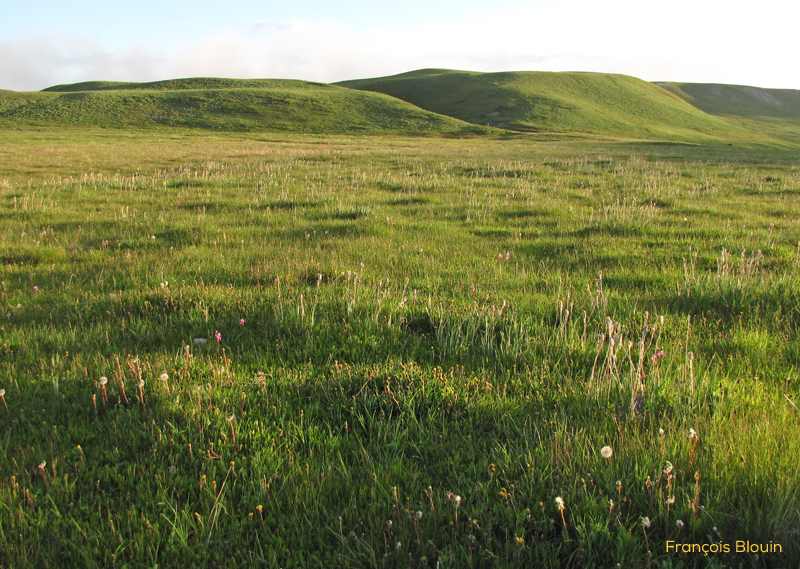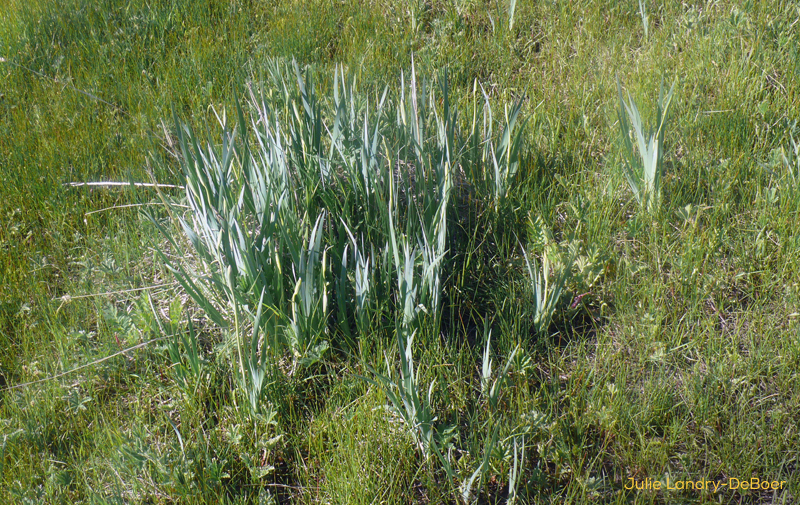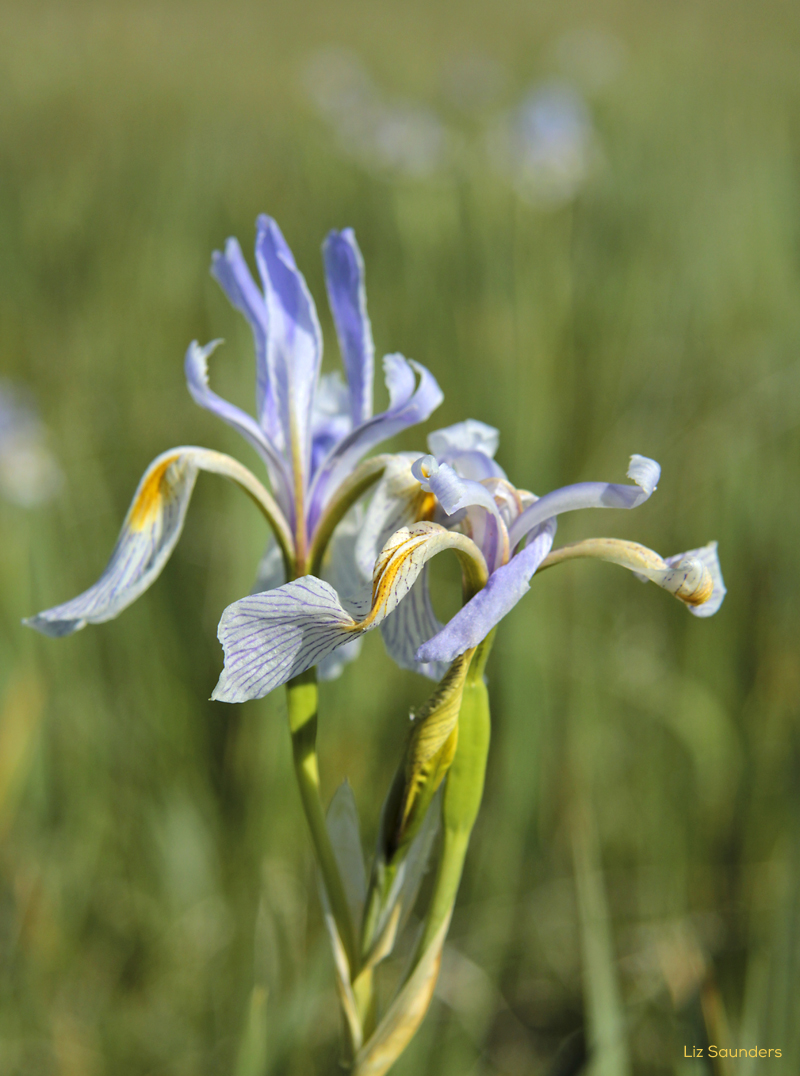Western Blue Flag
Iris missouriensis
Alberta’s Only Iris
Western Blue Flag is the only species of Iris found in Alberta. They are similar to the domestic irises grown in gardens, with large showy flowers and spreading tuberous roots, although Blue Flag does not have the “beard” that many of the domestic varieties have.
Flying the Flag in Canada
In Alberta, Blue Flag is at the northern limit of its North American range. It is confined primarily to a narrow strip of land just north of the US border and a handful of other small sites in southern Alberta.
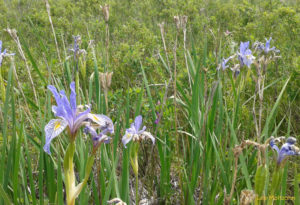
Western blue flag spreads via its root system, as well as by seeds.
Long-lived
Western Blue Flag is a perennial long-lived plant. It reproduces by thick roots that spread and also by seeds. Seedlings take two to three years before producing flowers that are pollinated by insects.
Population
In 2010, there were ten sites where Western Blue Flag occurred naturally in Alberta. A count of between 110,000 and 120,000 stems was estimated across these sites. Populations fluctuate from year to year, depending on moisture conditions, but surveys suggest that numbers are relatively stable.
Current Threats
- Natural variations in moisture conditions (e.g. drought and flooding)
- Non-native invasive plants, especially Smooth Brome, but also Kentucky Bluegrass and Timothy.
- While light to moderate grazing is beneficial to Blue Flag, heavy grazing can reduce the number and health of plants. This is likely because of changes to soil moisture conditions resulting from livestock trampling.
- Lack of grazing may cause excessive litter build-up and may negatively affect the plants.
Species@Risk Quiz
Test your knowledge about Alberta’s grassland species at risk
Western Blue Flag
Question 1 |
Western Blue Flag is Alberta’s only native:
Member of the Lily family
| |
Blue rose | |
Member of the Iris family |
Question 2 |
In Alberta, Western Blue Flag is mostly pollinated by:
Hummingbirds
| |
Bees | |
Bats |
Question 3 |
The habitat preferred by Western Blue Flag is:
Moist, flat areas along small creeks and depressions
| |
Active sand dunes | |
Badlands along prairie rivers |
Question 4 |
Western Blue Flag thrives where there is:
Heavy grazing and trampling by cattle
| |
Light to moderate grazing by cattle | |
No grazing at all |
Public
- Refrain from collecting any part of Western Blue Flag plants.
- Report observations of Western Blue Flag to MULTISAR or to your local Environment and Parks Biologist.
- Support native rangeland habitat by choosing grass-fed meat in the grocery store.
- Voice your support for native plant conservation with your political leaders.
- Educate yourselves and your family about Western Blue Flag.
Landowners
- Report observations of Western Blue Flag to MULTISAR or to your local Environment and Parks Biologist.
- If you have Western Blue Flag on your land and would like some recommendations on best management practices for this species, contact MULTISAR for assistance.
- Adopt grazing practices that emphasize light to moderate grazing and minimize heavy grazing and livestock trampling in areas with Western Blue Flag.
- Talk to your children and neighbours about the privilege of having this unique plant on your land.
What MULTISAR Does
- Reports observations and locations of Western Blue Flag.
- Recommends beneficial management practices that encourage the survival of Western Blue Flag.
- Works with landholders to develop Habitat Conservation Strategies for sustainable ranching and Species at Risk conservation and monitors the impact of management actions such as fencing changes and watering improvements.
